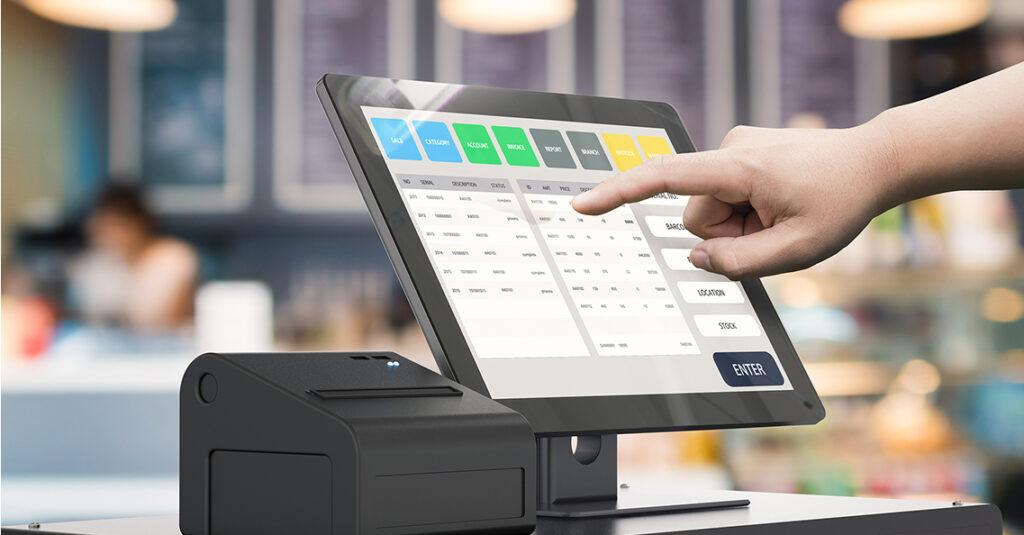
E-Invoicing in Malaysia: A Crucial Tool for Micro SMEs
Introduction
In today’s rapidly evolving business landscape, digital transformation is no longer a luxury but a necessity for businesses of all sizes. For micro SMEs in Malaysia, streamlining financial processes through e-invoicing is one of the most effective ways to improve efficiency and reduce operational costs. As the Malaysian government prepares to make e-invoicing mandatory by January 1st, 2026, understanding its importance is crucial for businesses to stay compliant and competitive.
What is E-Invoicing?
E-invoicing, or electronic invoicing, is the process of issuing, sending, and receiving invoices in a structured digital format. Unlike traditional paper or PDF invoices, e-invoices are designed to be processed automatically by financial systems, ensuring accuracy and eliminating the need for manual data entry.
The primary difference between e-invoicing and traditional invoicing lies in its automation. While paper and PDF invoices still require human intervention to input data, e-invoicing enables automatic data integration into enterprise resource planning (ERP) systems. This leads to faster processing times, reduced errors, and significant cost savings.
Key benefits of switching to e-invoicing include:
- Automated processing and tracking of invoices
- Increased accuracy in financial records
- Real-time access to invoice data
- Enhanced compliance with local tax regulations

Why E-Invoicing is Crucial for Micro SMEs
For micro SMEs, adopting e-invoicing can transform how they manage their finances. Traditional invoicing methods are often time-consuming and prone to errors, which can lead to delays in payment and strained cash flow. E-invoicing simplifies the process, making it easier for small businesses to stay on top of their financial operations.
- Streamlining Operations: E-invoicing allows micro SMEs to eliminate manual tasks related to invoice processing, such as entering data and chasing payments. This automation frees up valuable time that can be invested in growing the business.
- Reducing Errors and Fraud: Human errors, such as incorrect data entry or misplaced invoices, are common in manual processes. E-invoicing reduces these risks by automating the data transfer between systems, ensuring accurate and timely invoicing. Additionally, e-invoicing offers enhanced security features that prevent fraud.
- Improving Cash Flow: Delayed payments are a significant issue for small businesses. E-invoicing ensures that invoices are delivered faster, processed more quickly, and paid on time. This, in turn, improves cash flow, helping businesses maintain a steady stream of revenue.
The Malaysian Government’s E-Invoicing Mandate
The Malaysian government has recognized the importance of digital transformation and is set to implement mandatory e-invoicing for businesses by January 1st, 2026. This move is aimed at improving tax compliance, increasing transparency, and reducing tax fraud.
For micro SMEs, complying with this mandate is not just a matter of legal obligation but also an opportunity to modernize their operations. By adopting e-invoicing early, businesses can stay ahead of the curve, avoiding potential fines and disruptions to their operations once the law is enforced.
Non-compliance with the e-invoicing mandate could result in penalties, fines, or even difficulties in conducting business with larger companies that require e-invoicing for transactions.
How E-Invoicing Works in Malaysia
E-invoicing in Malaysia operates through a structured data exchange between businesses, their clients, and tax authorities. The system automates invoicing by using standardized formats such as XML or JSON, which are easily processed by ERP systems and tax platforms.
Step-by-Step Process:
- Invoice Creation: The business generates an invoice using an e-invoicing platform or its ERP system.
- Data Transmission: The invoice is sent electronically through a secure channel, ensuring it is free from interception or tampering.
- Validation: The system automatically validates the invoice to ensure it meets legal and tax requirements.
- Payment Processing: Once the invoice is validated, it is processed for payment, with the data being integrated directly into the recipient’s financial system.
This automation leads to faster processing times, improved accuracy, and better control over financial records.

E-Invoicing and POS Systems
Point of Sale (POS) systems play a crucial role in the e-invoicing ecosystem for micro SMEs. A POS system that supports e-invoicing can automatically generate invoices based on sales data and transmit them directly to the customer or tax authorities, making the process seamless.
Integrating POS systems with e-invoicing solutions ensures that businesses have real-time access to financial data, which can be used to improve decision-making and enhance operational efficiency. This integration also helps businesses streamline their workflows, as there is no need to handle invoicing and payment processes separately.
Payment Terminals and E-Invoicing
Payment terminals are another vital component of the e-invoicing process. With integrated e-invoicing solutions, payment terminals can generate and send invoices automatically after a transaction is completed. This speeds up the payment process, ensuring that businesses receive funds faster and can improve their cash flow management.
By adopting payment terminals that support e-invoicing, micro SMEs can simplify their invoicing and payment processes, offering customers a more efficient and secure way to handle transactions.
Cost Savings and Efficiency through E-Invoicing
For micro SMEs operating on tight margins, cost savings and operational efficiency are essential. E-invoicing can deliver savings of up to 60-80% by eliminating the need for paper, reducing manual processing, and cutting the costs associated with handling errors. By adopting e-invoicing, small businesses can improve their bottom line and reinvest the savings into growth initiatives.
In the long term, e-invoicing not only cuts costs but also increases operational efficiency by automating repetitive tasks, freeing up resources for more strategic activities.
Frequently Asked Questions (FAQ) About E-Invoicing in Malaysia for Micro SMEs
1. Why is e-invoicing important for micro SMEs in Malaysia?
E-invoicing helps micro SMEs automate financial processes, reduce manual errors, and accelerate payments. It’s especially crucial now, as Malaysia moves toward mandatory e-invoicing starting 1st January 2026. Early adoption ensures smoother compliance and better cash flow management.
2. What is the difference between e-invoicing and traditional invoicing?
Unlike paper or PDF invoices, e-invoices are generated and transmitted in a structured digital format that allows for automated processing and integration with ERP or POS systems. This reduces manual data entry, errors, and processing time.
3. Can payment terminals support e-invoicing too?
Yes. Integrated payment terminals can automatically generate and transmit an e-invoice immediately after a transaction is completed. This enhances customer experience, speeds up payment collection, and simplifies recordkeeping for micro SMEs.
4. What file formats are used for e-invoices in Malaysia?
E-invoices are typically transmitted in structured formats such as XML or JSON, which can be automatically read and processed by ERP or tax platforms. This ensures accurate and standardised financial reporting.
5. What happens if my business doesn’t comply with the 2026 mandate?
Businesses that fail to comply with the e-invoicing regulation by 1st January 2026 may face penalties, fines, or be unable to transact with partners who require e-invoice documentation. Early adoption prevents these risks.
Conclusion
E-invoicing is not just a compliance requirement but a powerful tool that can drive efficiency, cost savings, and business growth for micro SMEs in Malaysia. With the upcoming government mandate taking effect on January 1st, 2026, now is the time for businesses to adopt e-invoicing solutions and streamline their operations.
To stay ahead and ensure compliance, consider integrating an e-invoicing system with your POS and payment terminals, making invoicing and payments a seamless experience. For more information, visit Paidchain.my to explore how e-invoicing can transform your business.
